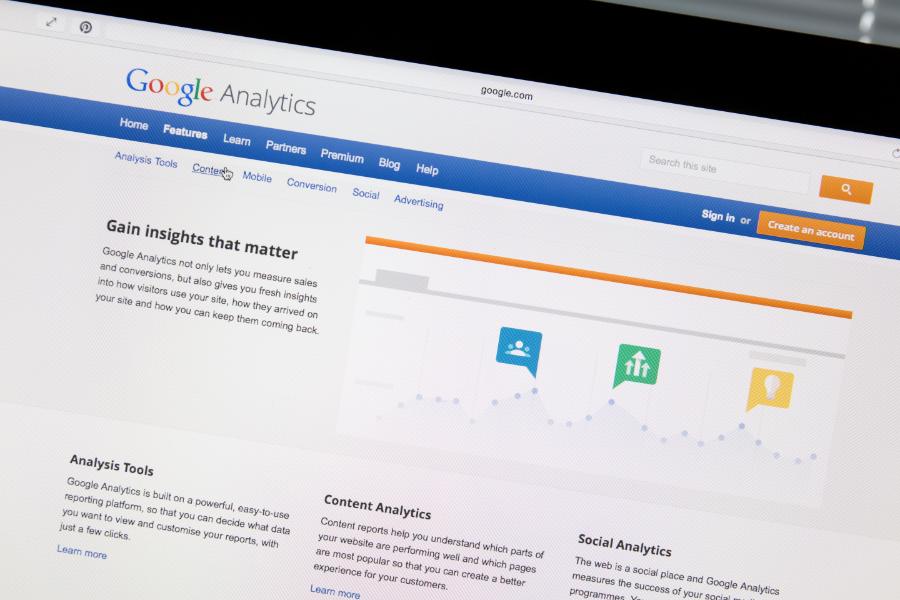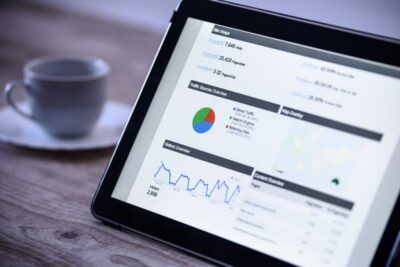
Besides the ability to track Page views, you can also track the time that it takes for a page to load, the devices that people use to view it, and the conversions that occur after a page is visited. Among other things, Google Analytics also gives you a glimpse of the privacy concerns that users may have with respect to your site.
Page views
Using Google Analytics to track page views can be a great way to analyze your website’s performance. However, you should be careful not to overuse this metric.
Page views can come from new visitors as well as returning visitors. In Google Analytics, a page view is an instance of a page being loaded in a user’s browser. Page views can also be used to measure visitorship trends.
Google Analytics counts page views for a variety of different URLs. These include search results, social media links, and your website’s web address. In addition, each time a user visits your website, Google Analytics records a session. This session starts when the user first visits your website, and ends when they are inactive for at least 30 minutes.
A page view is the best example of a metric in Google Analytics. It represents the total number of times a page is viewed by the same user during a session. However, this isn’t necessarily the most important metric.
Google Analytics also counts unique page views. Unique page views combine all pageviews for a single user in a session. This is a better metric than page views. However, it isn’t as important as page views, and is often ignored.
Unlike page views, unique page views don’t represent a specific page. They are also less valuable than pageviews, and are calculated in a different way.
Social conversions
Using Google Analytics to track social conversions can be a great way to measure how much value a social media campaign is producing. There are several reports to help you see how social media drives value and conversions.
The Social Sources report shows how people interact with your content. It also shows how many sessions are from each social network. You can also compare the number of unique visitors and pageviews for each social network. You may also want to check out the Behavior report and the Audience Report.
If you are tracking social conversions, you may want to look at the Detail report to see if the traffic coming from social channels actually contributed to your conversions. This report will also tell you what the revenue was from those social media sites.
Another report that measures the impact of social media marketing is the “Conversions” report. It shows you the conversion rate for each social network. This report also allows you to split social media traffic into its own groups. You may also want to check out the Multi-Channel Funnels report. This report is also a great way to see how different channel sources work together to drive traffic.
The “Social Overview” report is also a great way to see what your social efforts are doing. This report shows the total number of social interactions and conversions, as well as their social value.
Users
Using Google Analytics to monitor your site’s traffic is a great way to learn about your visitors. It can help you to make smarter marketing decisions. It also can help you to see how well your site is performing.
The amount of traffic from search engines and social media can help you determine how effective your marketing efforts are. You can learn how many visitors have come to your site and how many of them are returning visitors. This information can help you to better target your ads.
You can also use Google Analytics to track the amount of traffic from specific channels. This allows you to identify the channels that are driving conversions. You can also see how many people have come to your site through assisted conversions. You can also use Google Ads to track your marketing strategy.
Google Analytics is a free tool. However, you should know that it is illegal to use in some countries. This is because of the EU’s General Data Protection Regulation. This law requires businesses to take additional measures to protect EU citizens’ data.
You can also set up custom reports to track your marketing strategy. You can learn which features you need and when you should focus your marketing efforts.
You can also track the exit rate of users. This can help you to identify areas of improvement for your website. You can also learn when users are most likely to recommend your website to others.
Page loading time
Using Google Analytics to track page loading time is one way to measure and improve the speed of your website. This can lead to improvements in conversion rates. You can use the standard reports, or you can customize them to provide your business with the data you need.
 There are a number of factors that affect page load time. These include the user’s browser, the device they use to view your site, and their location. Some of the reasons for slow page load times may be due to poor code, redirects, or server-side calls.
There are a number of factors that affect page load time. These include the user’s browser, the device they use to view your site, and their location. Some of the reasons for slow page load times may be due to poor code, redirects, or server-side calls.
There are two ways to track your page load times: using the standard reports and using Google Analytics’ Custom Report. The Custom Report provides actionable data and context-aware metrics.
Google Analytics allows you to view hourly reports that show specific pages with the best load times. You can also look at page-load time across different countries. You can also use the site performance report to see how fast your page executes discrete events. You can then use this information to identify areas that need improvement.
You can also use a tool like Keynote or Pingdom to monitor the speed of your website. These tools use real-user browser data to show you how long it takes to load your site.
You can also use the Google Analytics Access Analysis tool to visualize the data. You can also send custom timing metrics to Google Analytics. You can do this by using the Behavior> Site Speed> User Timings page.
Devices
Using Google Analytics to track your visitors is an effective way to gauge customer interactions and deliver personalized experiences. With this analytics software, you can track the activities of users on multiple devices. This is particularly useful if you plan to use remarketing or ad targeting to boost your sales. For example, if you are a retailer, you may want to track your customers’ buying habits by device. This allows you to target a specific audience of shoppers with targeted ads. Similarly, if you plan to run a campaign targeted at mobile users, you may want to track the devices that they use most frequently.
Using this software, you can easily track users’ behavior and find out what devices are most popular among your visitors. For example, you can track how often users visit your site on their phones and tablets. This data can be useful for determining whether or not your advertising campaigns are reaching your target audience and, if so, how well they are performing.
You can also use this analytics software to figure out which devices are generating the most clicks and resulting in the most conversions. For example, you can tell which devices are generating the most traffic, which ones are converting the most, and which ones are causing your site to crash most frequently. This can help you create smarter marketing campaigns, and deliver a better customer experience.
Privacy concerns
Whether you’re running a website or a mobile app, it’s important to consider privacy concerns with Google Analytics. A recent ruling by the French data protection authority (CNIL) reveals that the company has failed to comply with European privacy regulations, and the European Commission has been warned that it will start banning websites using the tool in 2022.
Google Analytics is free to use, but it collects a lot of personal data about website visitors. In addition to IP addresses, Google Analytics uses cookie IDs to identify users. Whether you’re running a website, a mobile app, or a marketing campaign, you’ll need to make sure that you have a privacy policy in place.
The European Union has introduced several data protection laws in the region, including the GDPR, which regulates the rights of EU citizens when it comes to the processing of their personal data. However, it’s important to note that Google Analytics is also subject to US surveillance laws, so it’s important to make sure that you’re taking the right steps to protect your users’ privacy.
There are a number of companies that have been sued over privacy concerns with Google Analytics, including Facebook, Twitter, and LinkedIn. The list includes businesses from multiple sectors, including finance and publishing.
Google has updated its data processing terms, which list the company’s responsibilities when it comes to the processing of European residents’ data. The company also requires end users’ consent for storing and transferring data, as well as for personalizing ads.





